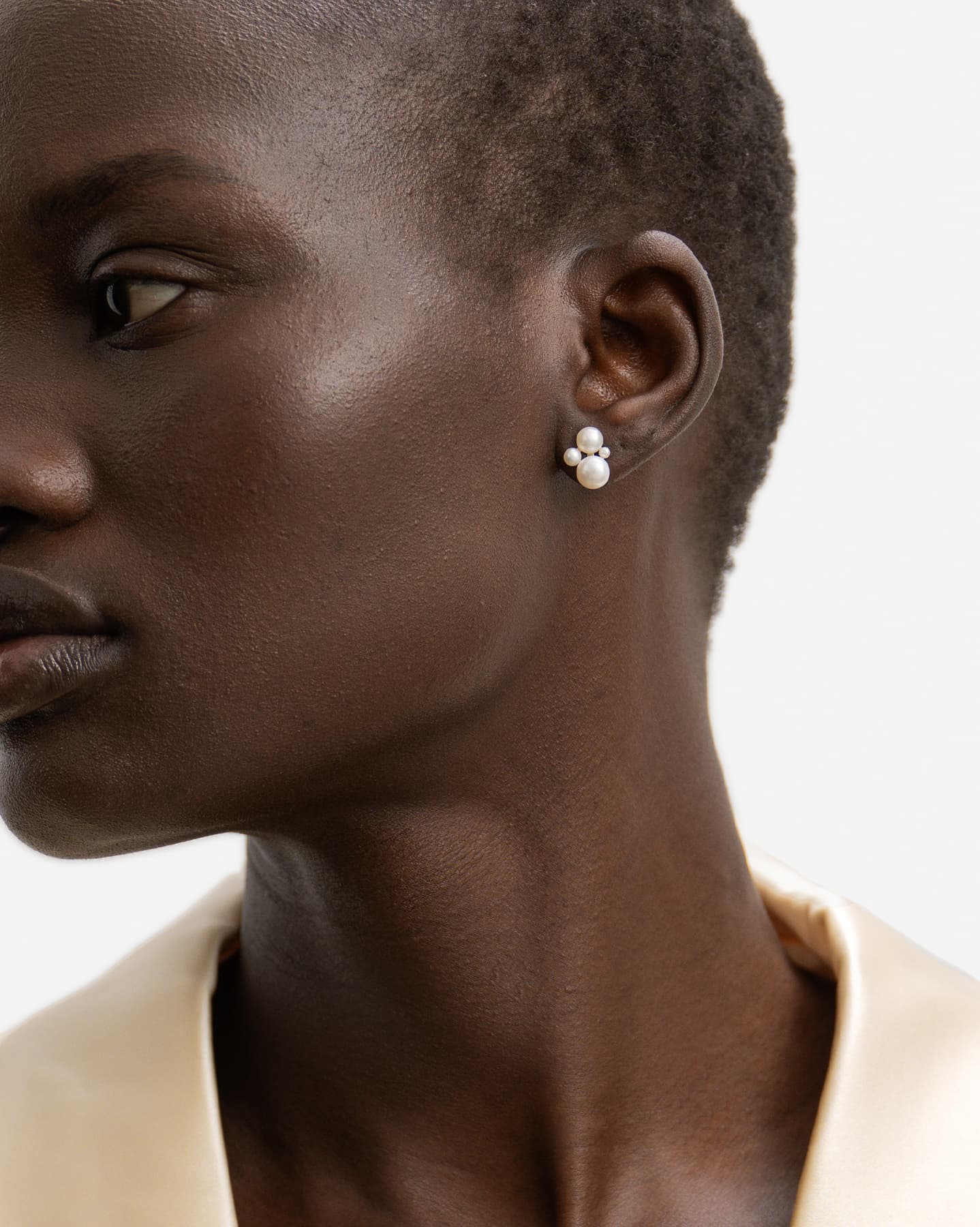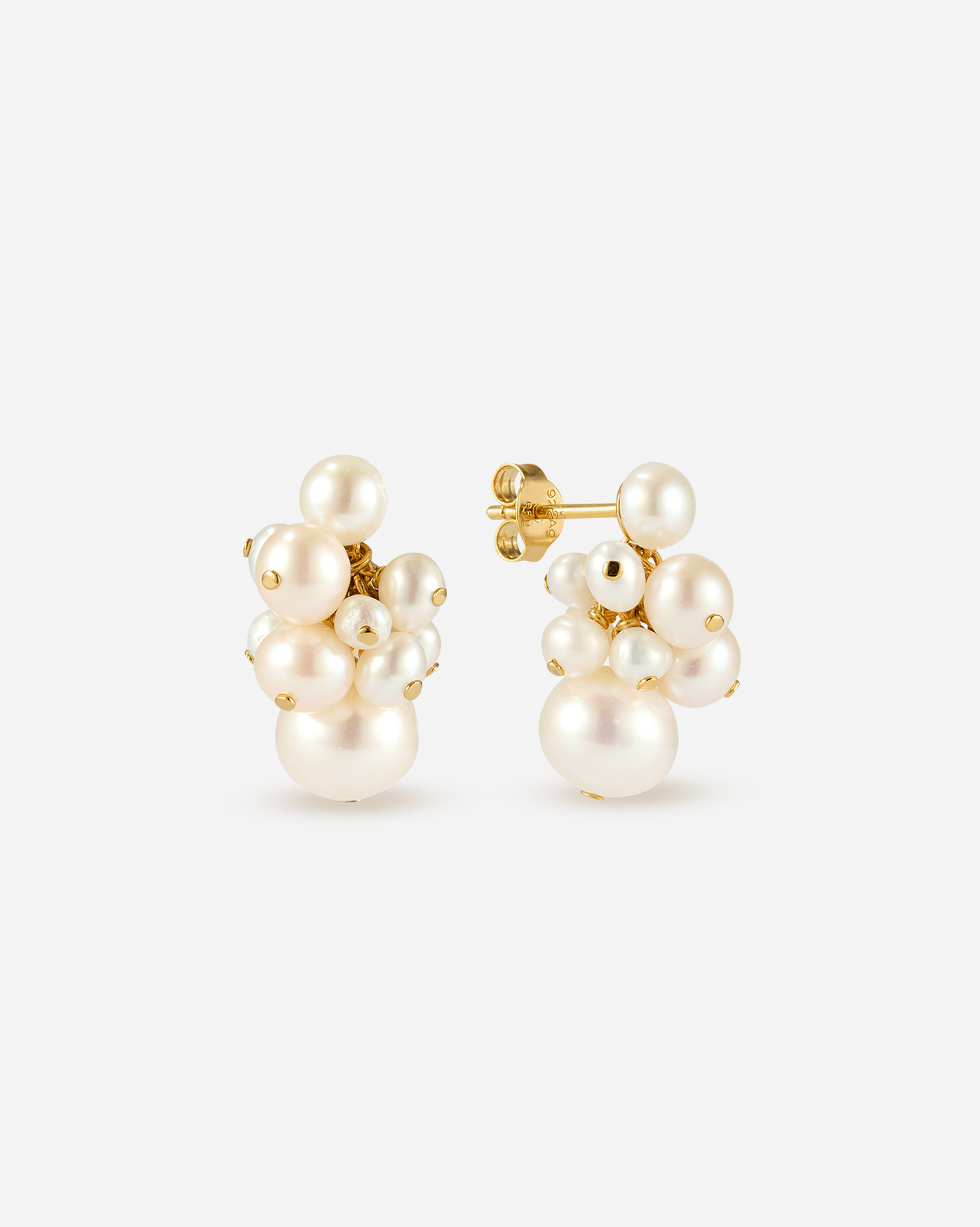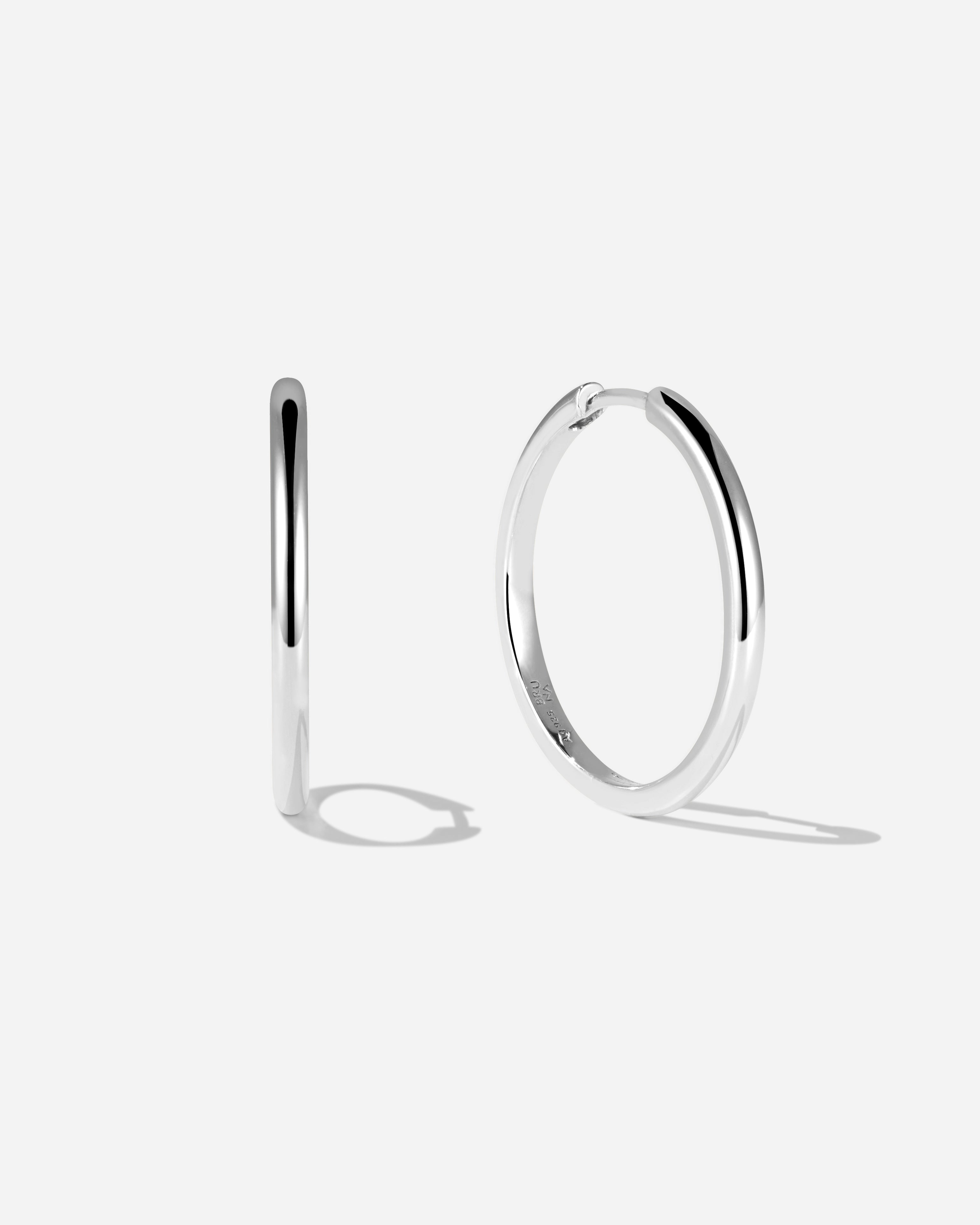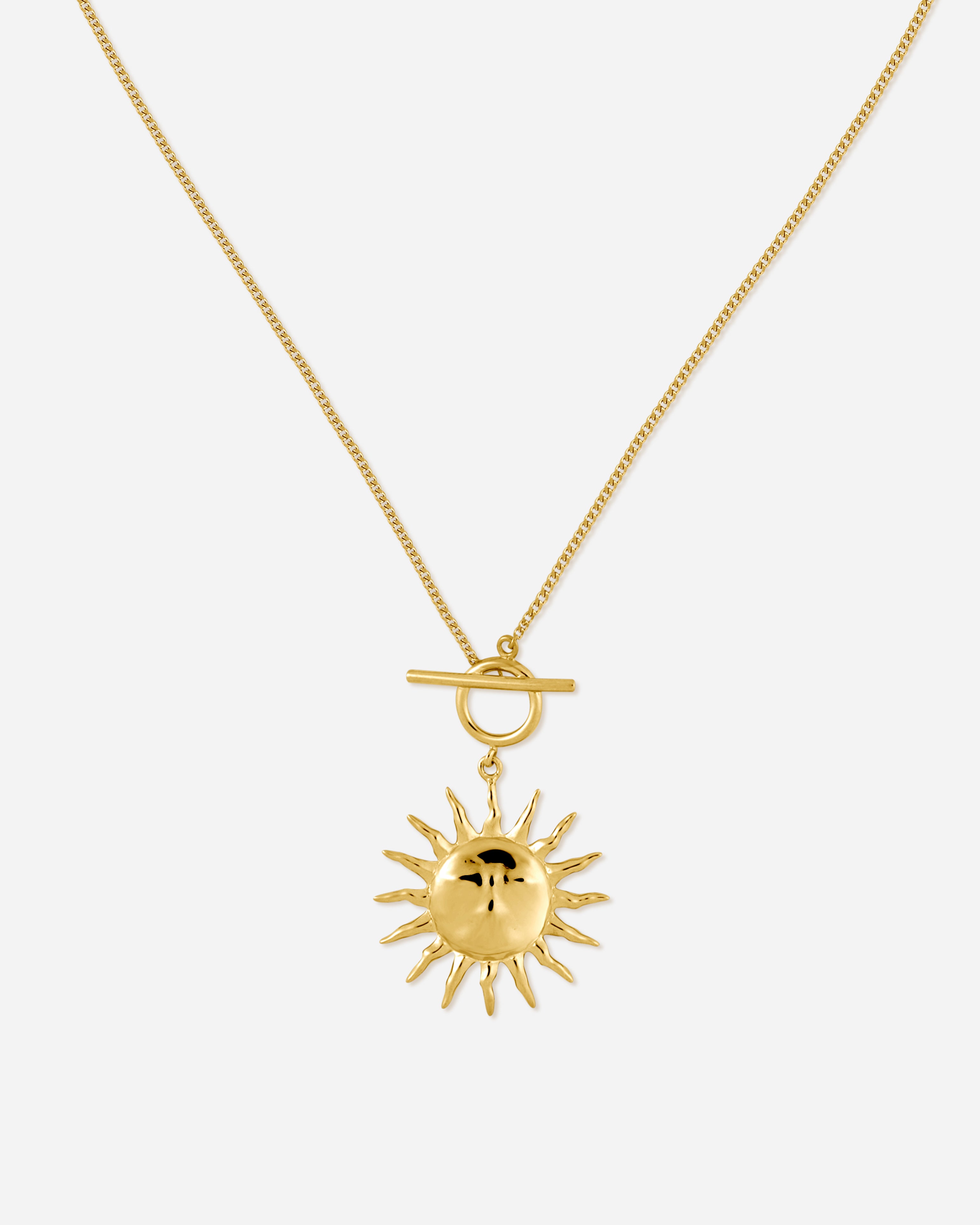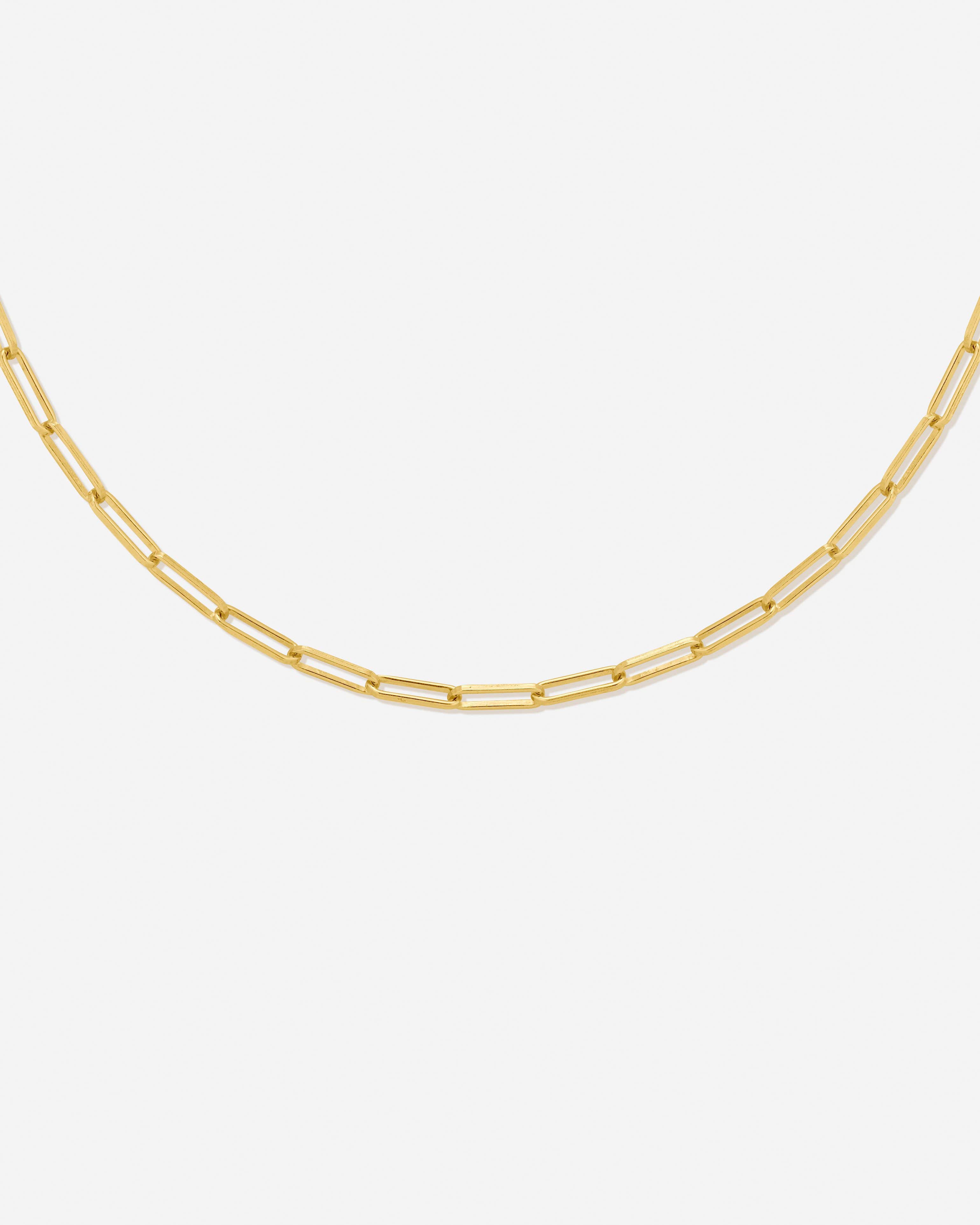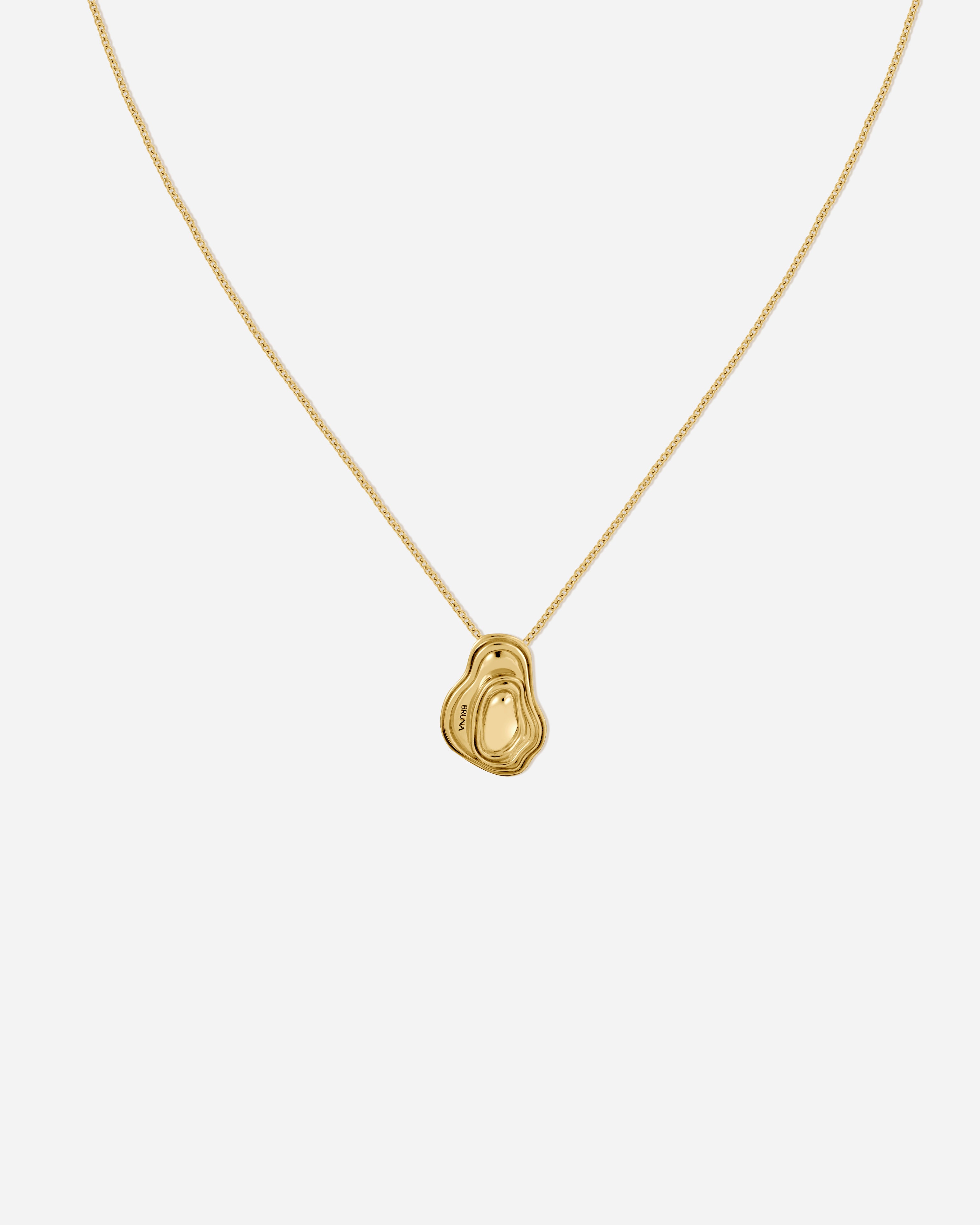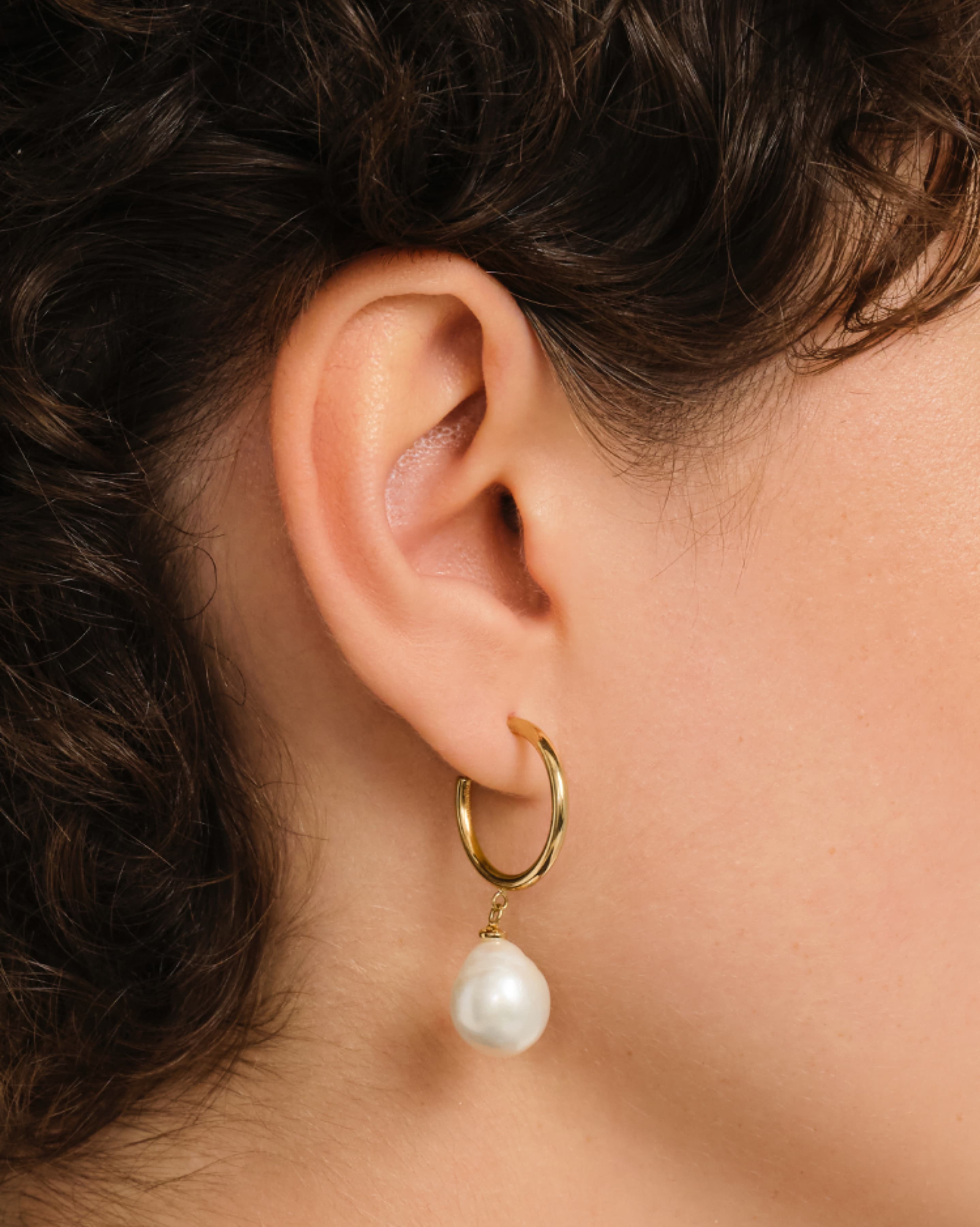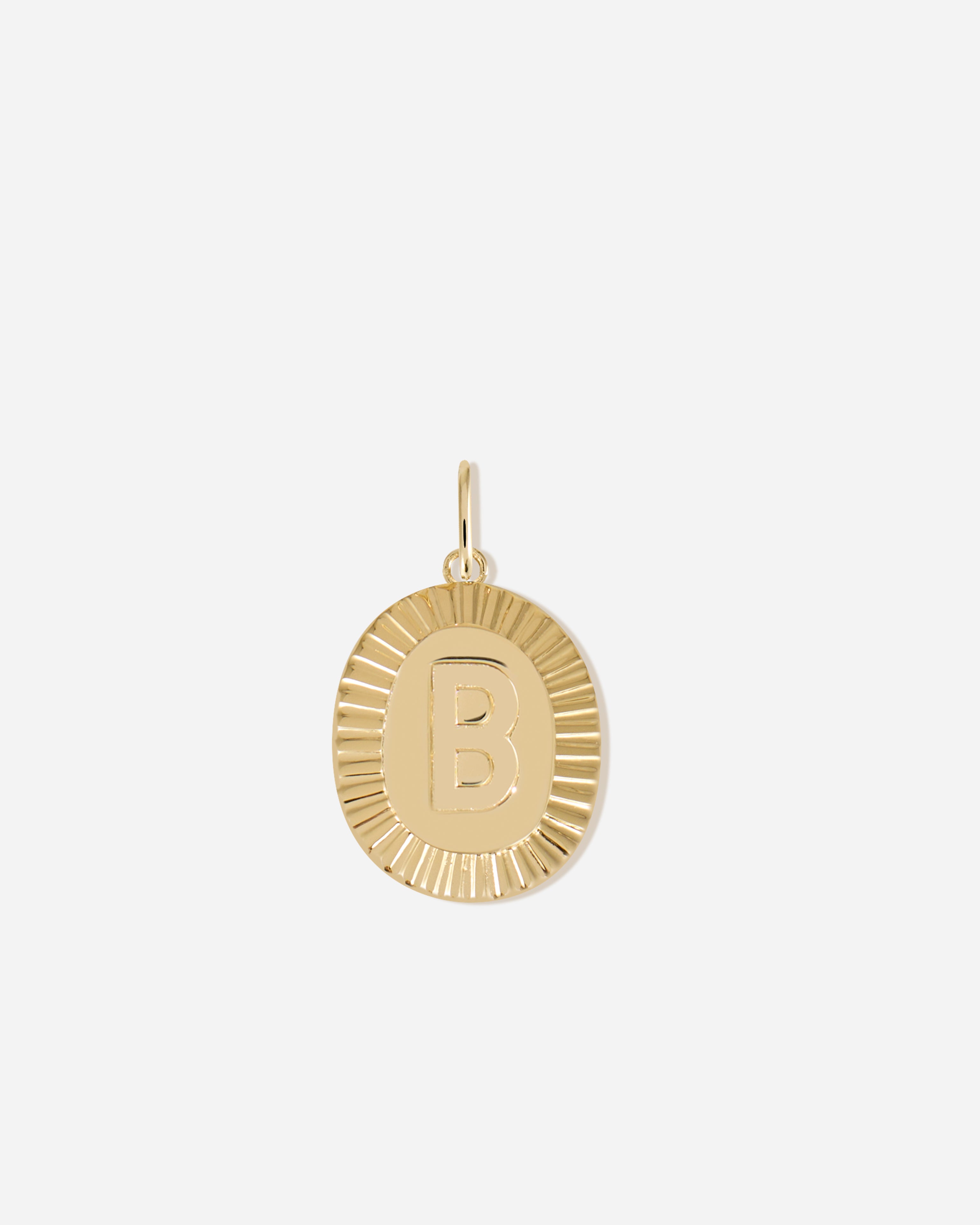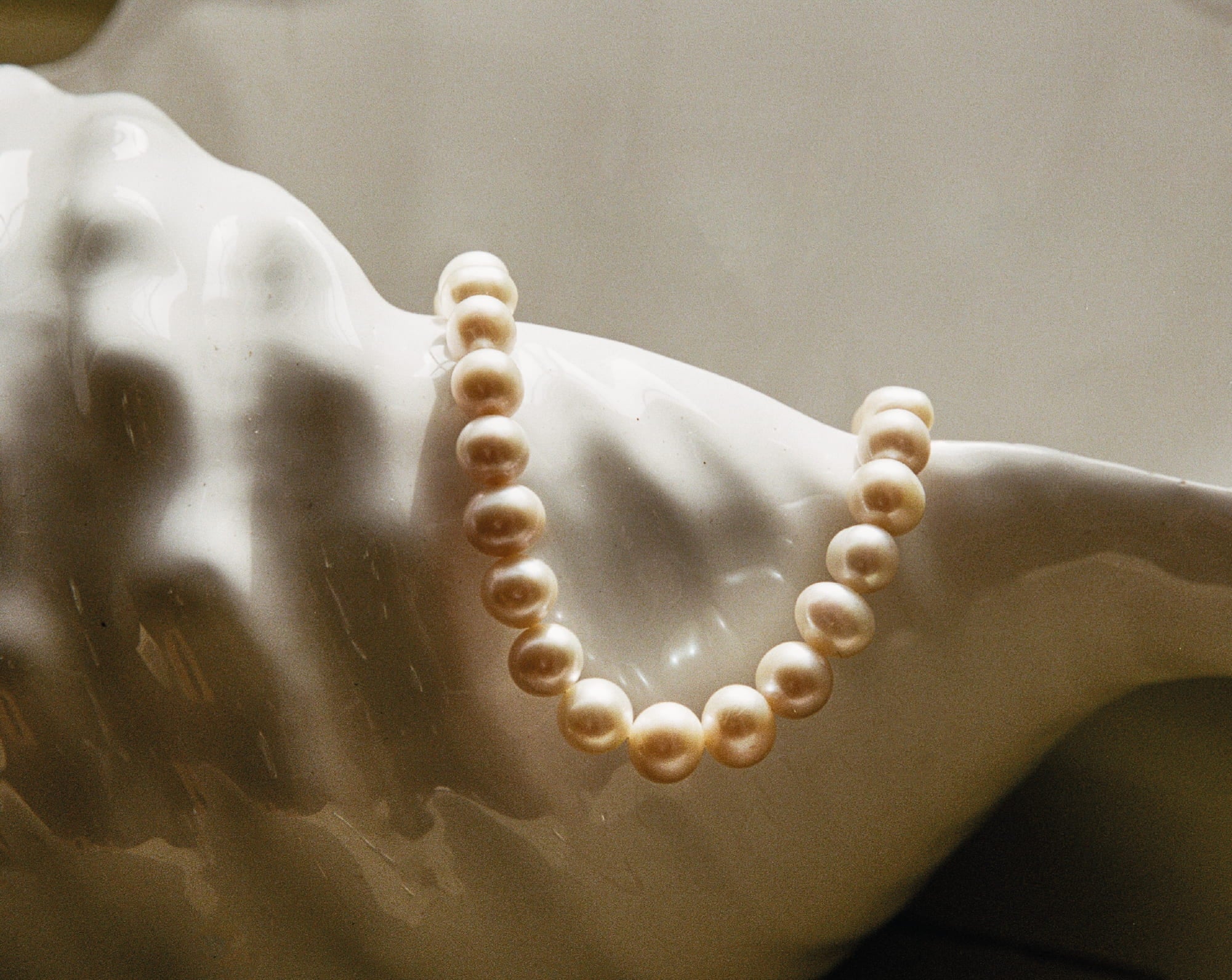In this page, we’ll deep dive into this world, explore pearls formation, learn about the various types of pearls that exist, and address frequently asked questions to help you appreciate these exquisite treasures. Let's dive in!


What are pearls?
Thought to be the tears of joy shed by Aphrodite, the Greek goddess of love, pearls are graceful organic gems, formed within the shells of certain mollusks, such as oysters and mussels. Unlike other gemstones, which are formed through geological processes, pearls are produced by living organisms. Pearls come in various shapes, sizes, and colors. They are renowned for their iridescent luster and timeless beauty, making them a symbol of sophistication and grace.




How are pearls formed?
Pearls are the result of a remarkable process that occurs within certain marine and freshwater mollusks. They are created as a defense mechanism when a foreign object, like a microscopic organism, enters the shell of a mollusk and irritates its mantle. In response, the mollusk secretes layers of a substance called nacre, also known as mother-of-pearl, which coats the irritant layer after layer, gradually forms a pearl. Watch this video.
Within wild mollusks, this process occurs naturally. While, in pearl farms or pearl culturing, this process is triggered by human intervention.
During pearl culturing, either a small spherical bead usually made of shell (bead-nucleated cultured pearls) or a small piece of mantle tissue from a donor mollusk (tissue-nucleated cultured pearls) is inserted through human intervention into a mantle tissue of a mollusk. The bead or tissue acts as the irritant around which nacre will be deposited, just as it would in the wild, creating, layer after layer, a beautiful, genuine pearl. Watch this video.


What are different types of pearls?
The two main categories of pearls are seawater pearls and freshwater pearls.
Seawater pearls are natural or cultured pearls produced in oysters in the sea. These include Akoya, South Sea, and Tahitian pearls. Akoya pearls are usually white in color with pink, ivory, and silver hues, and are known for their classic elegance. South Sea pearls are normally larger in size, and renowned for their natural golden hues. Tahitian pearls, our favorite, are distinct, captivating pearls known for their rich colors, ranging from dark blacks to vibrant greens and peacock shades. It is in Tahiti that Helena, our founder, first fell in love with the exquisite Tahitian pearls.
Freshwater pearls are natural or cultured pearls produced in mussels in lakes, rivers, and ponds. Although they can occur in various colors, they are normally white, pink, and pastel shades. Freshwater pearls often exhibit a soft luster and a slightly irregular or baroque shape, adding to their unique and natural appeal.
BRUNA’s jewelry pieces include Tahitian Keshi cultured pearls and freshwater cultured pearls, carefully selected and handpicked with love.
What are the characteristics of pearl quality?
Pearl quality can be assessed based on several key characteristics. One of the primary factors is luster, which refers to the pearl's ability to reflect light. Luster can range from excellent, where the pearl displays a brilliant shine, to dull, where the pearl appears lackluster. Another important aspect is color, with pearls showcasing a wide spectrum of hues. From warm tones like yellow, golden, and pink to cool shades like blue, green, and violet, the color variations are diverse.
The surface appearance is also considered, ranging from clean and smooth to lightly, moderately, or heavily spotted. Pearls come in various shapes, including round, drop, oval, button, and our distinctive, signature baroque pearls, each with its own allure. Lastly, size is a notable factor in grading pearls. These characteristics collectively contribute to determining the overall quality and uniqueness of each pearl.




BRUNA’s signature perfectly imperfect pearls
Our signature pearls are our beloved perfectly imperfect pearls, including Keshi pearls and baroque pearls.
Keshi pearls are considered a by-product in pearl farming’s search for perfection. They are formed when a mollusk rejects the implanted nucleus during the culturing process for bead-nucleated cultured pearls (for example, Tahitian pearls), resulting in a pearl composed entirely of nacre.
Baroque pearls are pearls that have irregular, non-spherical shapes. They can be found across various freshwater and seawater pearl types. Their irregularity makes each baroque pearl a distinctive and artistic gem, capturing attention with their unconventional beauty.
Both Keshi pearls and baroque pearls are an exciting, unique, and distinctive alternative to traditional, perfectly round pearls. These pearls have an irregular shape, which makes them true statement pieces for you to stand out from the crowd and embrace your unique beauty.


Answering Frequently Asked Questions
I am vegan, can I wear pearls?
Whether wearing pearls meets your lifestyle choices, is up to you. Please consider that both natural and cultured pearls are produced by living organisms.
Are cultured pearls responsible or conscious?
Cultured pearls can be considered a conscious gem, since the process of pearl farming involves working in harmony with nature and promoting the health of marine ecosystems. To be truly responsible, pearls need to be sourced from responsible business partners which uphold high ethical standards.
How do I care for pearls? To maintain the beauty and longevity of your pearl jewelry, it's important to handle them with care. Avoid exposing them to harsh chemicals, perfumes, or excessive heat. Clean them gently using a soft cloth and store them separately from other jewelry to prevent scratching. More here.




Continue your journey through the enchanting world of pearls

Notify me

Notify me

Notify me











